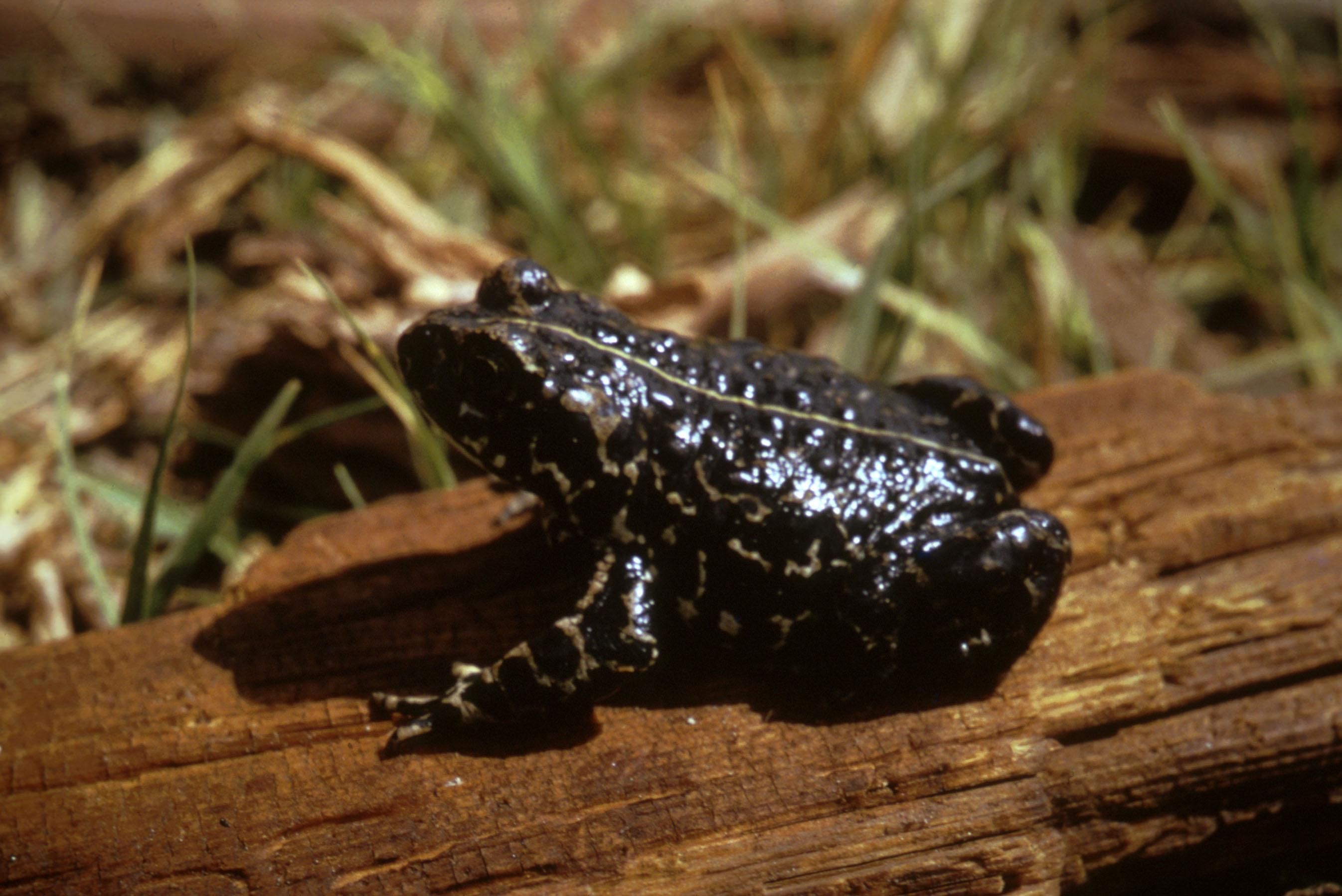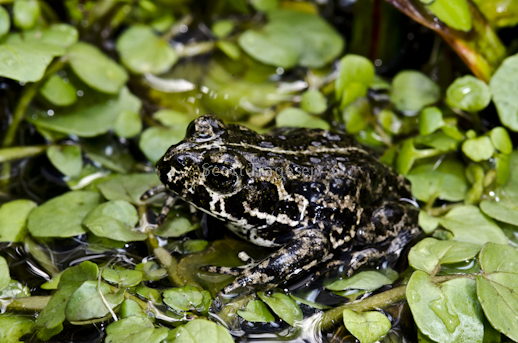Anaxyrus exsul: The Remarkable Tale of the Black Toad of Deep Springs Valley#
In the arid solitude of Deep Springs Valley, California, there lives a creature whose quiet existence tells a profound story of survival against the odds. Anaxyrus exsul, known commonly as the Black Toad, is not merely a small amphibian limited to a mysterious desert oasis; it is also a symbol of ecological wonder, resilience, and conservation urgency. Distinguished by its deep, charcoal-toned skin and exclusively endemic habitat, this species holds both scientific fascination and natural beauty in equal measure. What makes Anaxyrus exsul so exceptional is not just its rarity or isolated habitat but its remarkable ability to thrive in an environment many would deem entirely inhospitable for amphibian life.
In this article, we explore in detail the intriguing biology, behaviors, and ecological significance of Anaxyrus exsul, the fascinating amphibian living at the tender margin between desert aridity and life-sustaining freshwater springs. Through immersive storytelling and detailed natural history, we will illuminate why conserving this humble toad contributes vitally to our understanding of ecosystems and biodiversity conservation globally.
Taxonomy and Classification#
Anaxyrus exsul belongs to the Bufonidae family, a widely distributed and diverse family commonly referred to as “true toads.” As part of the Anaxyrus genus, it shares structural similarities and evolutionary relationships with other North American toads. Its scientific name, “exsul,” profoundly underscores the uniqueness of its existence—literally meaning “exile” or “outcast.” This distinctive nomenclature highlights its remarkable isolation and habitat restriction.
While closely related to Anaxyrus boreas (the Western Toad) genetically, Anaxyrus exsul has diversified significantly due to geographic and ecological isolation. Scientific studies confirm that the Black Toad diverged from its closest relatives thousands of years ago, shaped uniquely by the pressures, challenges, and opportunities presented by the specific desert environment it adopted.
Natural Habitat#
A Desert Oasis—the Sole and Precious Home#
Deep Springs Valley in California—a secluded, seemingly inhospitable basin embedded within a starkly beautiful desert landscape—is the singular earthly home for Anaxyrus exsul. The valley owes its lushness and unique ecosystems primarily to perennial freshwater springs. Surrounded by harsh desert realities, these critical springs allow a tapestry of grassy wetlands, marshes, and shallow riparian zones to flourish and support varied fauna—including this very unique amphibian.
To the uninformed eye, the juxtaposition is remarkable. A lush, watery haven, fringed by arid desert scrub and distant sagebrush hills, serves as the only life-essential refuge for Anaxyrus exsul. The toads inhabit shallow marshes bordered by tall grasses, emergent vegetation, mudflats, and clear, still waters whose existence seems miraculous amidst otherwise austere surroundings. It is here they find nourishment, shelter, and breeding grounds, exploiting the microhabitats formed by rich aquatic vegetation and water pools.
This habitat specialization underscores the fragility of their existence. Even minor disruptions—such as changes in groundwater levels, human encroachment, or climatic fluctuations—pose immense risks, highlighting the delicate ecological balance upon which these miraculous amphibians depend.
Physical Characteristics#
The Black Toad’s distinct physical presence complements its enigmatic lifestyle. Adults typically measure between four and five centimeters in length, embodying a compact and sturdy form suited for their limited terrestrial movement. Its namesake color, a deep charcoal black or dark dusky coloration, aids masterfully as camouflage in the mudflats and darkened saturated earth where they forage and dwell.
Its skin, slightly roughened and pebbled with small glands, maintains critical physiological functions, including moisture retention and protection against pathogens and desiccation. On closer inspection, subtle lighter markings or speckling occasionally adorn individuals, adding diversity to their otherwise fundamentally uniform appearance.
Their physical traits are a direct evolutionary result of their desert springs locale. Coloring akin to surrounding earth and mud provides cryptic camouflage amidst dark soil and vegetation shadows, effectively shielding them from terrestrial predators. Small body size and reduced limbs—features enhancing moisture conservation and helping them hide readily among moist grasses and wet mud—mirror remarkable evolutionary adaptation strategies forged by environmental constraints and survival imperatives.
Behavior and Life Cycle#
Predator and Prey: The Rhythm of Survival#
As twilight falls over the valley, an orchestra of sounds gently permeates the freshwater marshes where Anaxyrus exsul resides. Nighttime is when this small amphibian comes alive, actively feeding and maintaining its intricate life cycle. Equipped with a keen vision in low-light conditions, these nocturnal creatures skillfully pursue and consume small insects, beetles, and arachnids abundant in wetland fringes. Their sticky, projectile tongue swiftly catches prey under cover of minimal darkness.
Breeding seasons usher in vibrant group choruses. Male Black Toads produce short, soft trill calls to attract females, beautifully orchestrating the nighttime stillness of their desert spring world. Following successful courtship, females lay long, gelatinous strands of eggs near the shallow water’s edge, safeguarded among vegetation. Tadpoles, upon emerging, grace sheltered water pockets, relying initially on algal and plant-based diets. Within weeks, these diminutive tadpoles rapidly metamorphose, transitioning onto terrestrial life—mirroring a spectacularly accelerated journey from tadpole to miniature adulthood tailored explicitly to seasonal water availability.
Ecological Role#
As modest as their size might suggest, Anaxyrus exsul holds substantial ecological importance. They function as crucial insectivores, significantly moderating insect populations—thereby directly benefiting plant communities, reducing pest pressure, and contributing to ecological equilibrium. Simultaneously, they themselves play the regrettably inevitable role as prey, providing nutrition for avian predators, small mammals, or larger reptiles frequenting the wetlands of their restricted home.
Further, the sensitivity of these amphibians to environmental shifts positions them as unique biological sentinels and ecosystem indicators. Fluctuations in groundwater, shifts in water quality, habitat degradation, or climate changes promptly impact their populations and behavior, alerting conservationists and ecologists to broader environmental threats.
Threats and Conservation Status#
Living on the Edge: Vulnerability of a Desert Survivor#
Despite successful adaptation to harsh desert confines, Anaxyrus exsul faces considerable threats. Most pressing remains the severe habitat restriction and isolation. Dependence upon isolated freshwater springs heightens susceptibility to groundwater extraction, climate-induced droughts and warming, and habitat disturbances from human activities like agriculture, livestock grazing, or recreational use.
Currently categorized by the International Union for Conservation of Nature (IUCN) as Vulnerable, their survival relies entirely on proactive habitat stewardship. Regional protection policies and land management efforts, such as groundwater regulation, wetlands restoration, and limited-access initiatives, contribute significantly toward conserving these critical and sensitive habitats.
Recent conservation actions have highlighted community engagement, decades-long scientific monitoring programs, and habitat restoration undertakings by scientists and local stakeholders. Awareness campaigns aimed at neighboring communities and educational institutions bolster ecological literacy, promote sustainable practices, and drive conservation advocacy critical to safeguard these unique amphibians into the future.
Cultural and Scientific Significance#
Anaxyrus exsul occupies a notable position both culturally and scientifically. Though locally obscure to many, it has gathered global scientific attention for insights into desert-adaptation evolutionary biology, ecological specialization, and amphibian physiology under extreme conditions.
In indigenous traditions and local narratives, this amphibian exemplifies the spirit of endurance, adaptability, and symbiotic harmony with scarce ecological resources. Scientifically, its survival narrative enormously informs broader amphibian conservation strategies globally, providing critical lessons about species resilience amid accelerating climate and ecosystem threats.
Conclusion#
Anaxyrus exsul, the Black Toad of Deep Springs Valley, reflects profound ecological interconnectedness, intricate adaptability, and conservation urgency. Their narrative not only enriches our understanding of the astonishing nature of life itself—its resilience and fragility—but underscores the critical need for conscientious stewardship of ecosystems worldwide.
As advocates, students, and nature enthusiasts, our collective voice and action towards conserving creatures like Anaxyrus exsul sustain biodiversity and ecological integrity. Explore further, support amphibian conservation initiatives, and commit passionately to safeguarding this remarkable species, preserving the quiet wonder that is the Black Toad in its uniquely modest kingdom.














